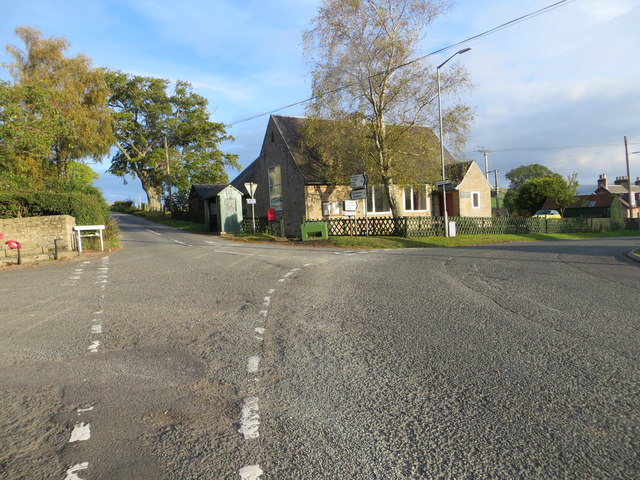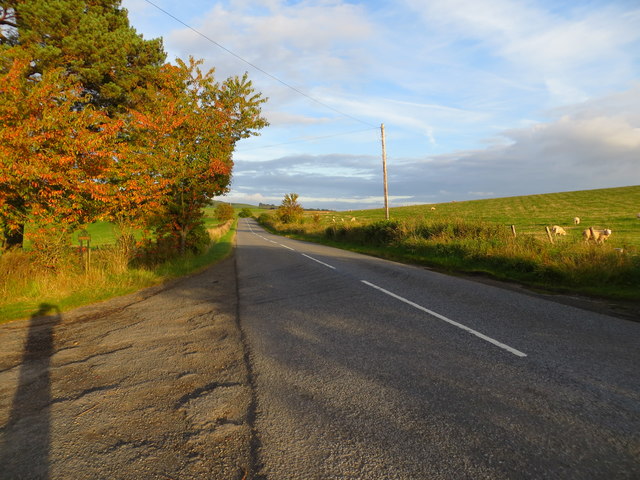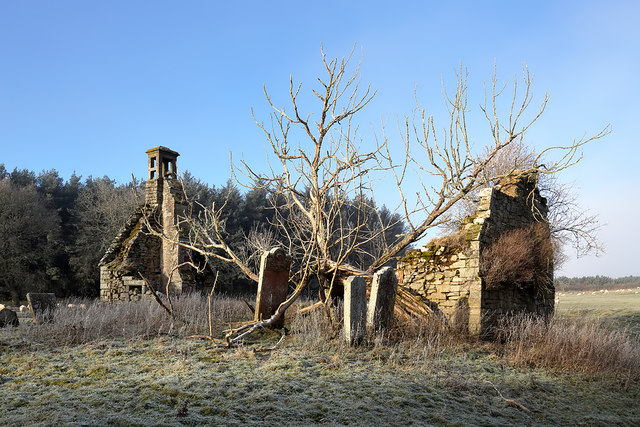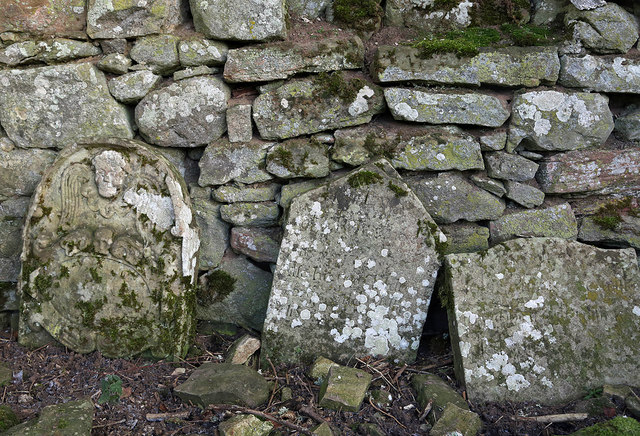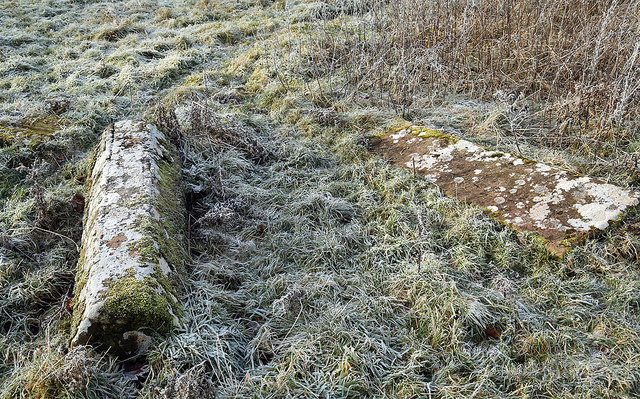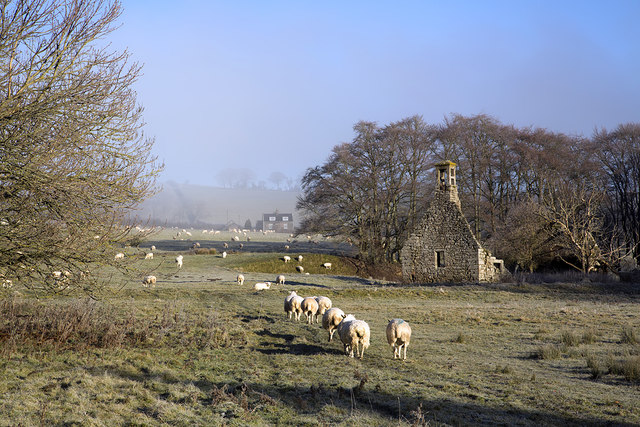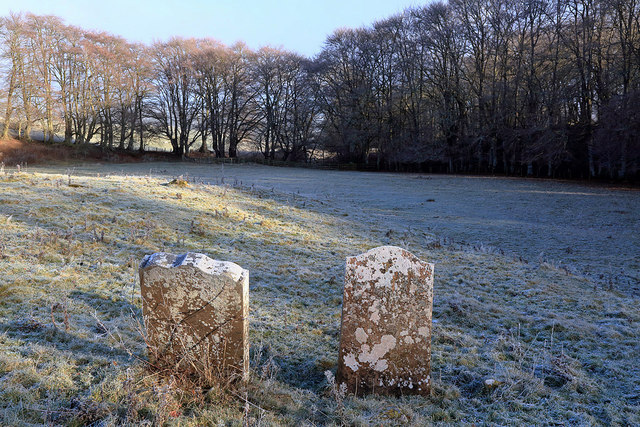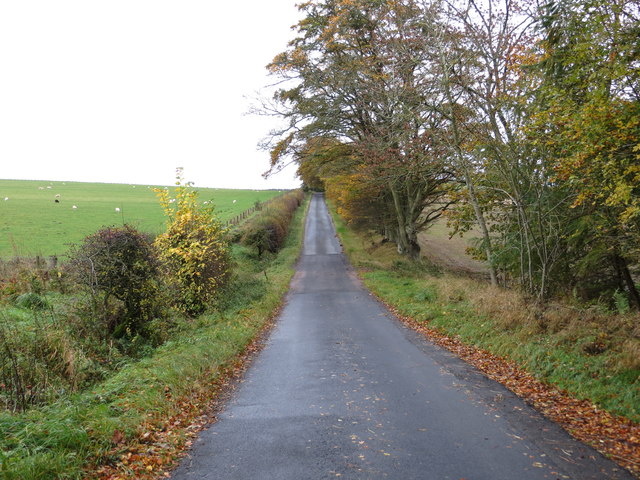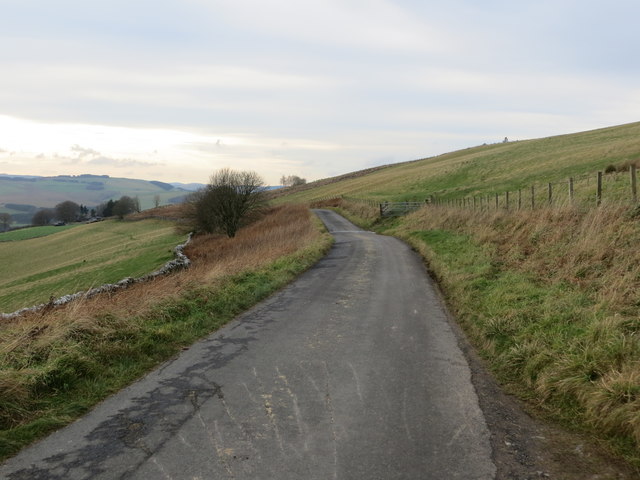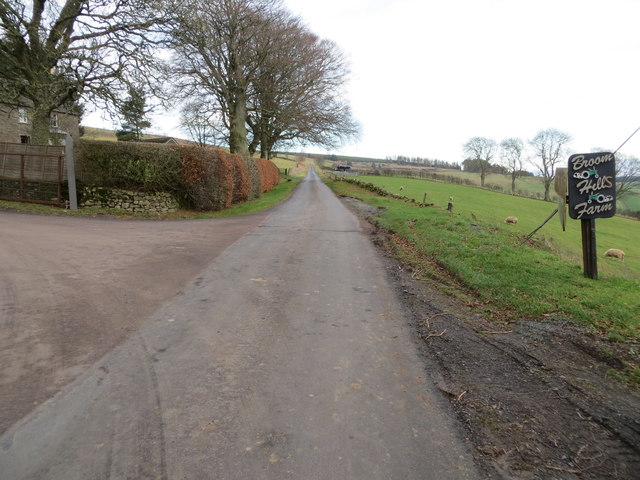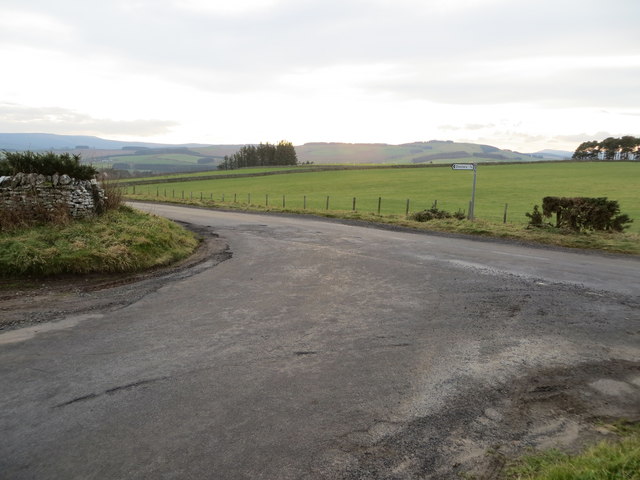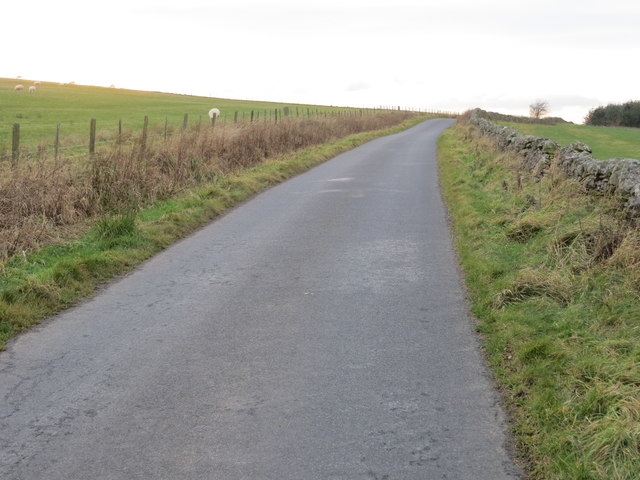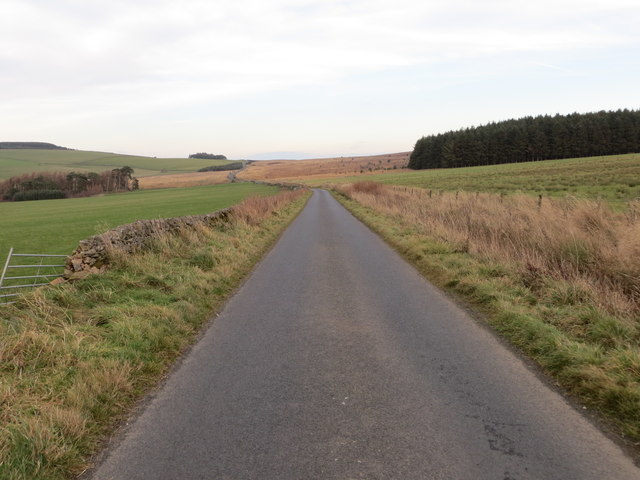Whinnie Plantation
Wood, Forest in Roxburghshire
Scotland
Whinnie Plantation
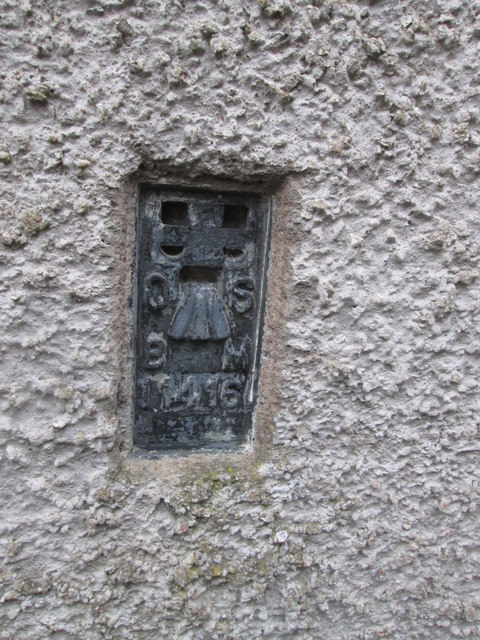
Whinnie Plantation is a picturesque woodland located in the county of Roxburghshire, Scotland. Spanning over a vast area, this enchanting forest is known for its lush greenery and diverse range of plant and animal species. The plantation is situated within the vicinity of the small village of Whinnie, providing residents and visitors with a tranquil natural retreat.
The woodland is predominantly composed of native tree species, including oak, ash, birch, and pine. The towering trees create a dense canopy, allowing only dappled sunlight to filter through, creating a mystical atmosphere within the plantation. The forest floor is covered in a thick layer of moss and ferns, adding to the enchanting ambiance.
Whinnie Plantation is home to an abundance of wildlife, making it a popular spot for nature enthusiasts and birdwatchers. The woodland provides a habitat for various bird species, such as woodpeckers, owls, and thrushes. Additionally, mammals such as red squirrels, deer, and badgers can often be spotted roaming the forest.
Visitors to Whinnie Plantation can enjoy a range of recreational activities, including hiking, nature walks, and photography. The plantation is crisscrossed with well-maintained trails, allowing visitors to explore the woodland at their own pace. These paths lead to scenic viewpoints, offering breathtaking views of the surrounding countryside.
Whinnie Plantation is not only a haven for nature lovers but also serves as an important conservation area. Efforts are made to preserve the natural ecosystem of the woodland, ensuring the long-term sustainability of its diverse flora and fauna. With its beauty and ecological significance, Whinnie Plantation stands as a testament to the natural wonders of Roxburghshire.
If you have any feedback on the listing, please let us know in the comments section below.
Whinnie Plantation Images
Images are sourced within 2km of 55.402204/-2.5997649 or Grid Reference NT6212. Thanks to Geograph Open Source API. All images are credited.
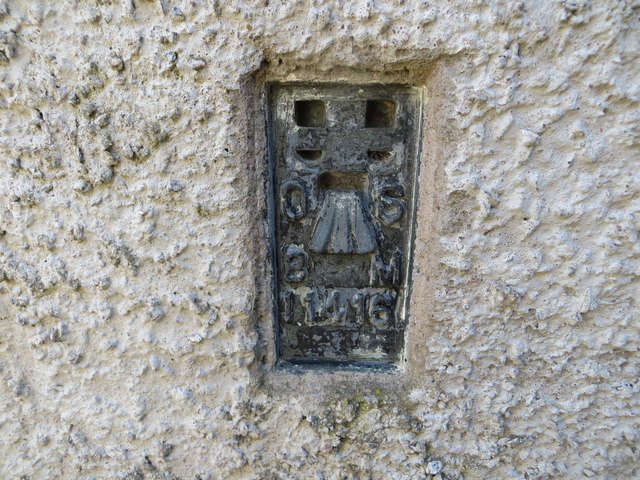
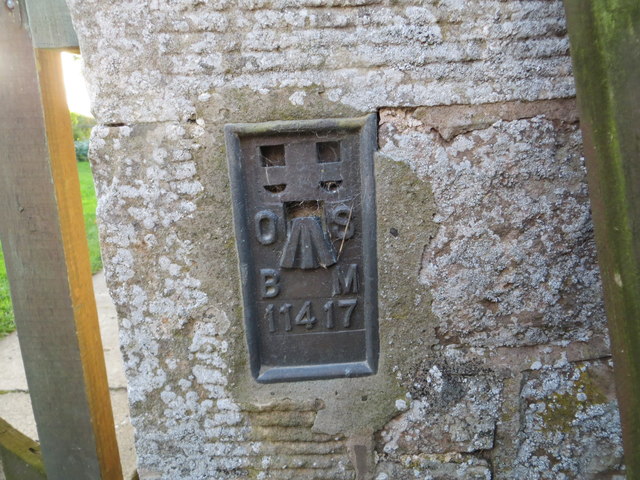
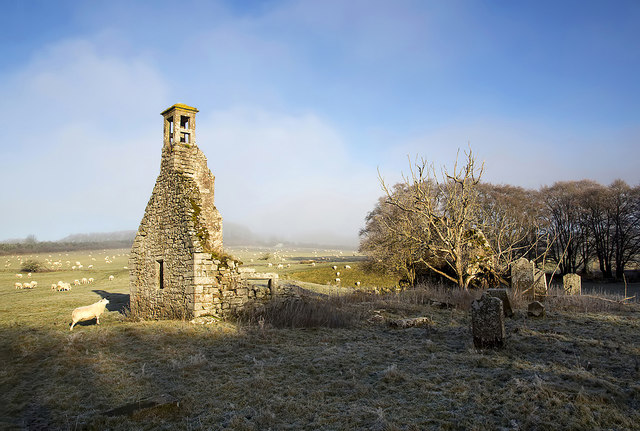
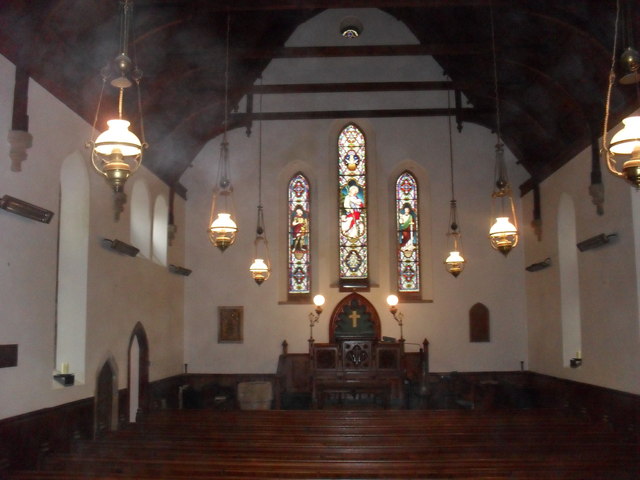
Whinnie Plantation is located at Grid Ref: NT6212 (Lat: 55.402204, Lng: -2.5997649)
Unitary Authority: The Scottish Borders
Police Authority: The Lothians and Scottish Borders
What 3 Words
///ooze.wash.loaded. Near Jedburgh, Scottish Borders
Related Wikis
Abbotrule
Abbotrule is a hamlet south of the B6357 road, in the Scottish Borders area of Scotland, on Rule Burn, east of the Rule Water. Places nearby include Bedrule...
Southdean
Southdean is a hamlet in the Scottish Borders area of Scotland, on the A6088, by the Jed Water and in the Wauchope Forest area. Other settlements nearby...
Hallrule
Hallrule is a hamlet on the B6357 road, in the Scottish Borders area of Scotland, on the Rule Water, near Abbotrule, Bedrule Bonchester Bridge, Denholm...
Bonchester Bridge
Bonchester Bridge (Scots Binster Brig) is a village in Roxburghshire, within the Scottish Borders area of Scotland, lying on the Rule Water, six miles...
Nearby Amenities
Located within 500m of 55.402204,-2.5997649Have you been to Whinnie Plantation?
Leave your review of Whinnie Plantation below (or comments, questions and feedback).
